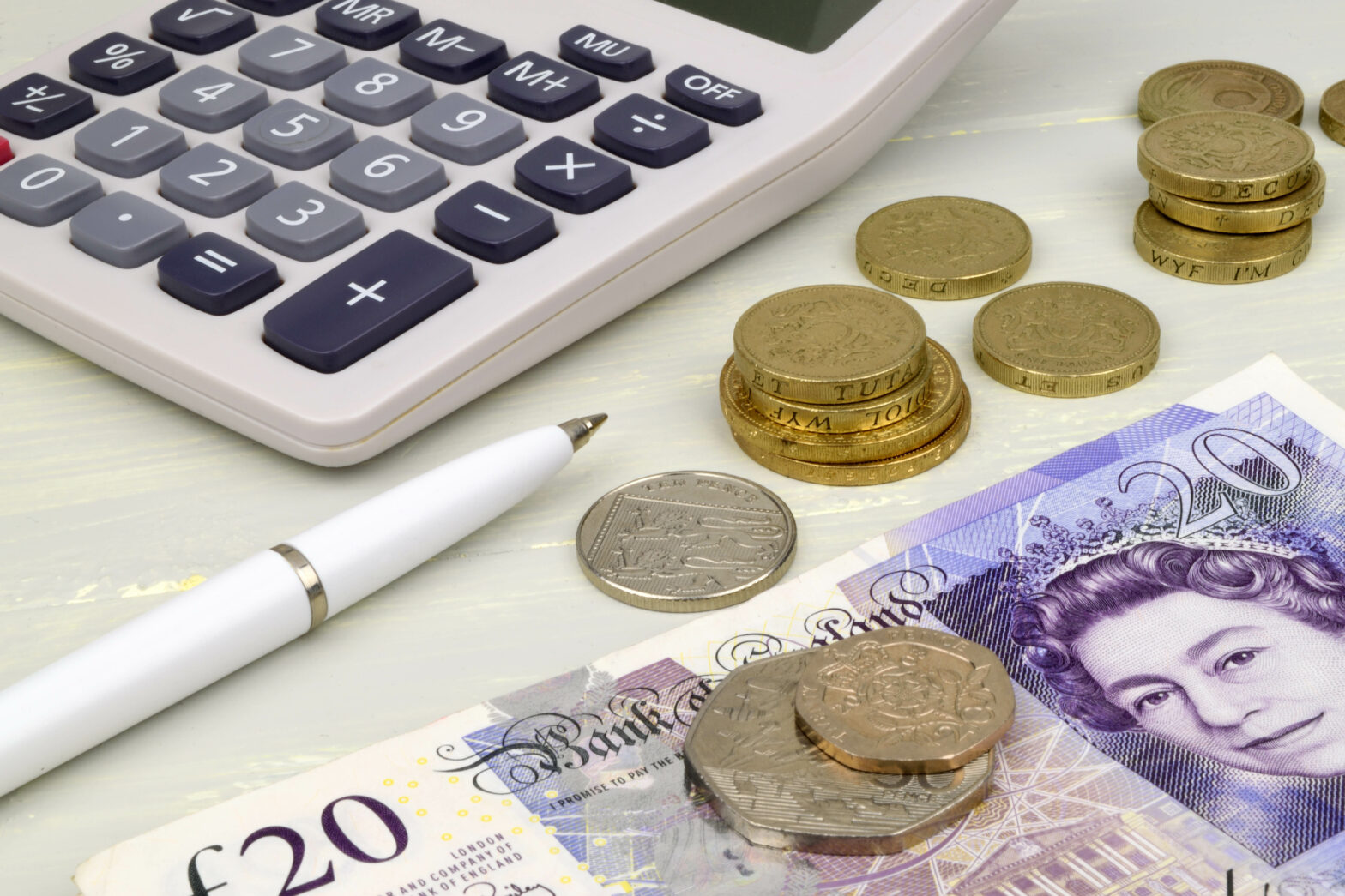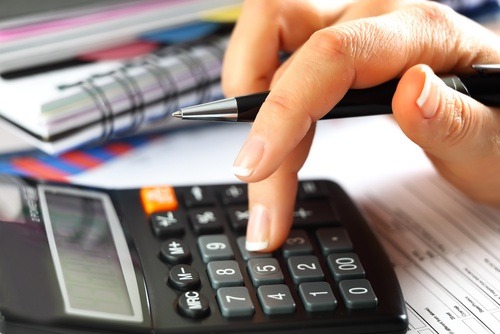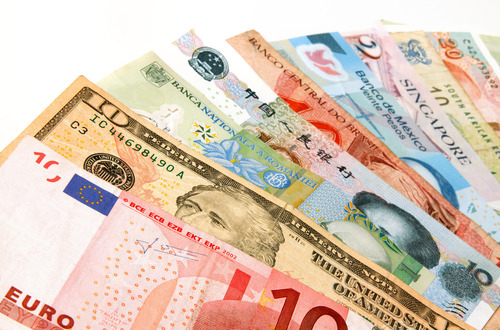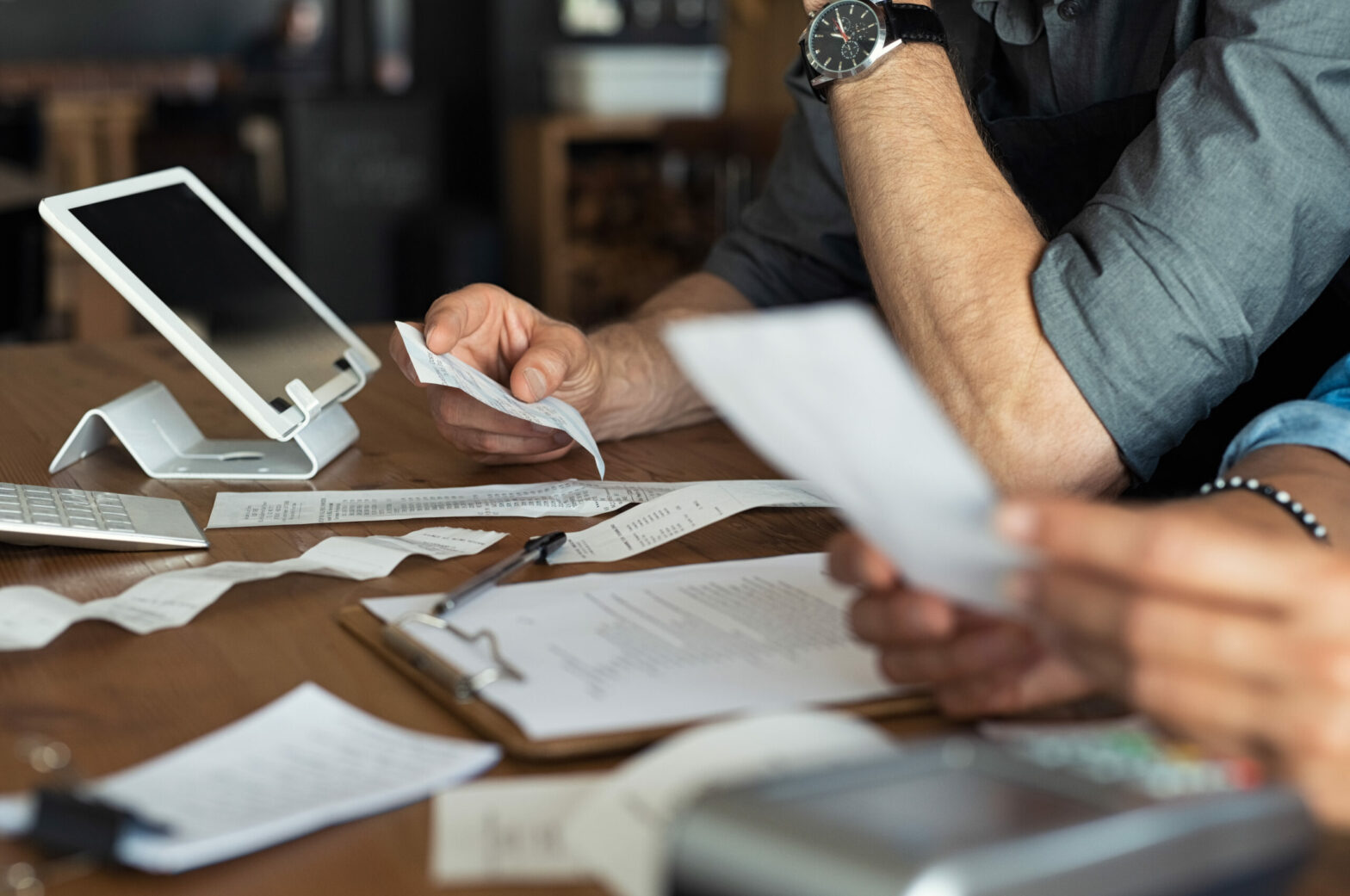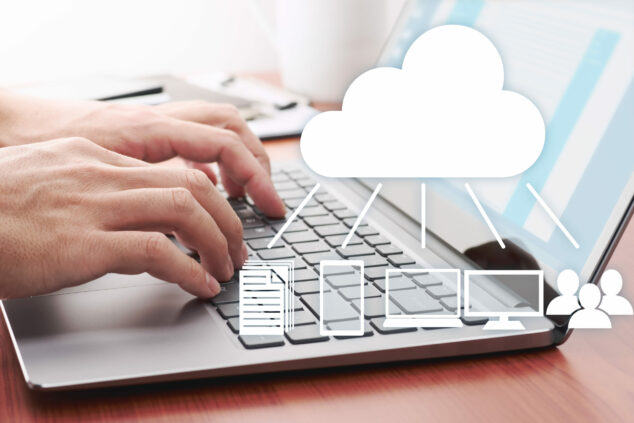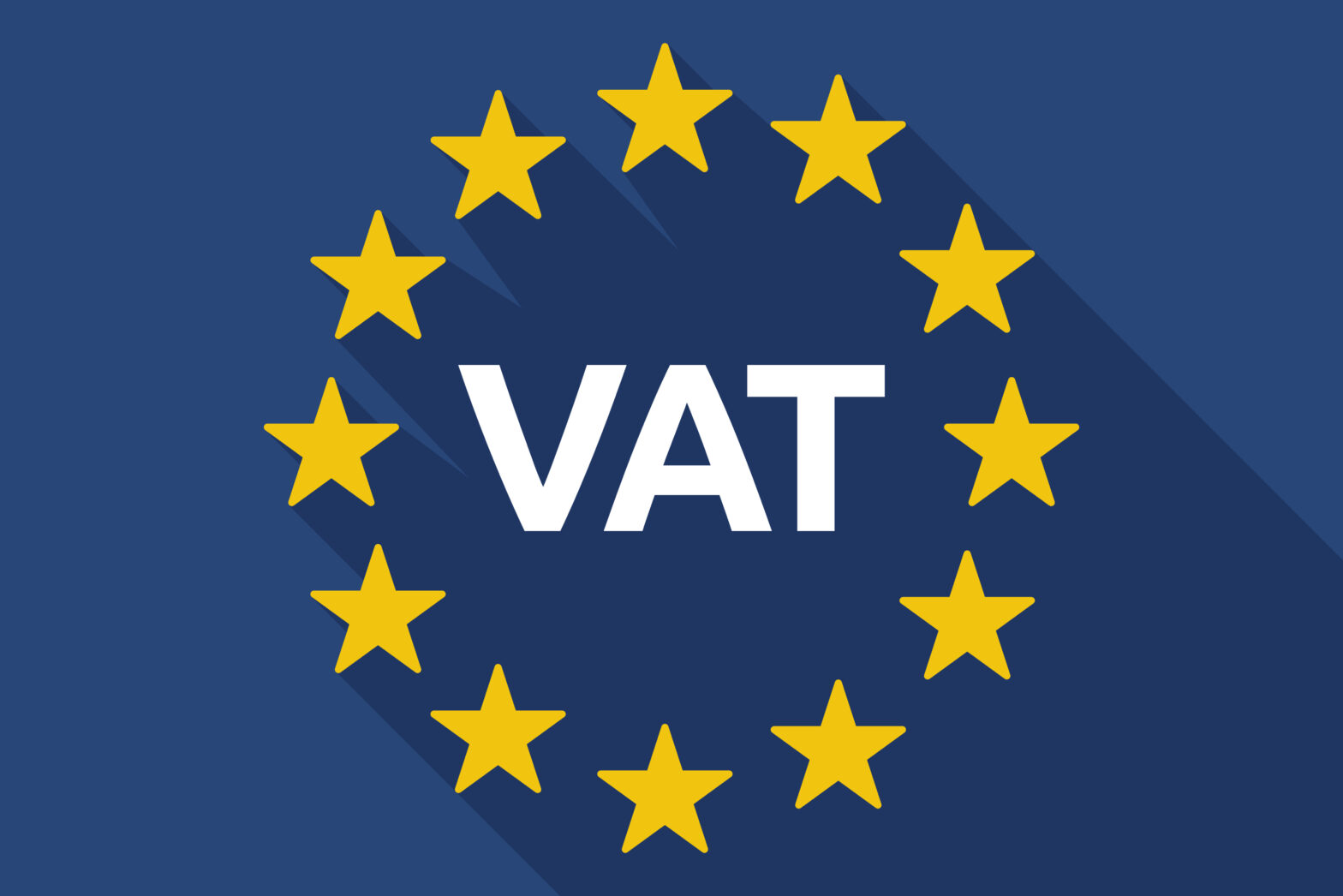When you are self-employed you don’t take a salary, instead you take ‘drawings’.
You are taxed on any profits made and you then take the drawings after that. The first thing to do is set up a separate tax savings bank account. In this, aim to deposit approximately 25 per cent of all net income. At the end of the tax year, you will pay a self-assessment bill and if you are VAT-registered, you will pay an amount every quarter.
This account will cover all tax payable and give peace of mind that sufficient funds will exist at the end of each year.
You accountant will be able to advise on the anticipated bills for each period and give you a better idea of what to put away for your tax bills. You may event choose to have two separate savings accounts, one for VAT and one for self-assessment tax.
It is important in the first years of self-assessment that you plan in advance for these liabilities or you will have a nasty shock in store. You will then be in a position to know what profits remain in your current business account. From this, you can set up a regular payment to your personal account. These will be your ‘drawings’.
While it is down to you how much you withdraw, we recommend retaining a level of working capital – the money needed to trade so that you don’t go overdrawn and incur unnecessary charges. It is important to keep all business transactions in a dedicated business account, away from your personal transactions, as this will create much confusion when it comes to completing your self-assessment.
On a quarterly basis, particularly if you are VAT-registered, assess your remaining profit and amend your drawings accordingly. This will also enable you to understand how and where you are making money. As you grow your business, you may incur additional liabilities and costs, making those regular reviews even more beneficial.
